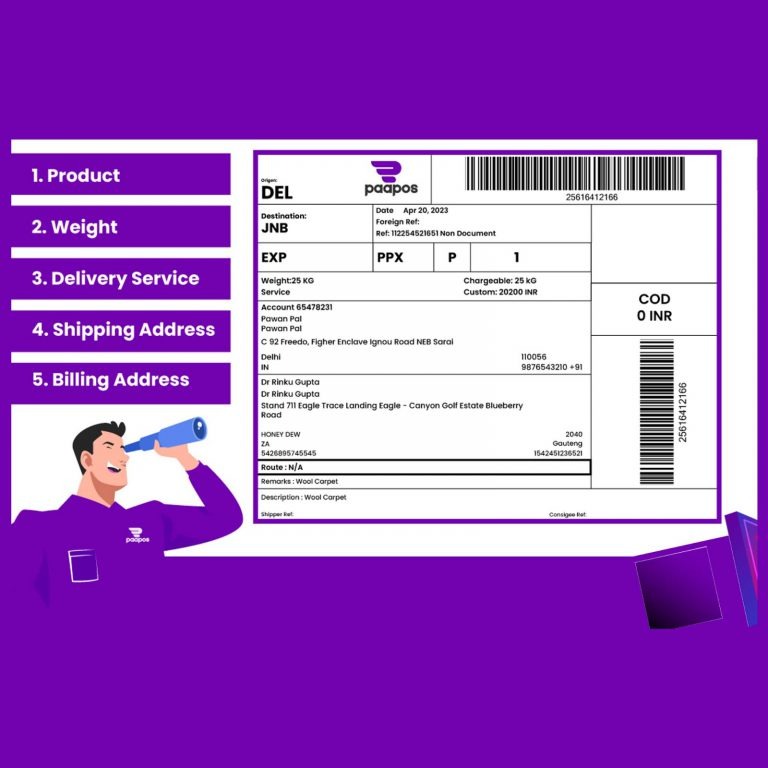How to get an export license in India?
Exporting goods from India is a great way to expand your business globally and increase revenue. However, you must have an export license to export goods, which can be confusing. This blog will provide a step-by-step guide to getting an export license in India applying the following ways-
Step 1: Obtain a PAN card
A PAN card is mandatory for all businesses in India that engage in financial transactions.You can apply for a PAN card through the NSDL or UTIITSL website.
Step 2: Open a current bank account
You must open a current bank account in your business’s name to carry out export-related transactions.You must provide your PAN card, proof of identity, and address proof to open a bank account.
Step 3: Register your business
You must register your business under the relevant government authorities, such as the Registrar of Companies (ROC) or the Registrar of Firms (ROF). If you are a sole proprietor, you can register your business under the Shop and Establishment Act.
Step 4: Obtain an Importer-Exporter Code (IEC)
An IEC is a 10-digit code mandatory for all businesses wishing to engage in import and export activities in India. You can apply for an IEC online through the DGFT website.
Step 5: Choose a product to export
Choose a product you want to ship based on the international market demand and the product’s availability in India. Conduct market research to determine the potential demand for your product in the international market.
Step 6: Obtain a Registration Cum Membership Certificate (RCMC)
An RCMC certificate provides exporters various benefits, including duty drawbacks and tax exemptions.You can obtain an RCMC by applying to the relevant export promotion council or commodity board.
Step 7: Choose a port of shipment
Choose a port that is convenient for your business and has the necessary infrastructure to handle your product. Ensure the port has a customs office to facilitate the export process.
Step 8: Obtain the necessary documents
Obtain the required documents, such as the commercial invoice, packing list, bill of lading, and certificate of origin. These documents must be filled out accurately and submitted to the customs office.
Step 9: File the shipping bill
A shipping bill is a document that contains details about the goods being exported.You can file the shipping bill online through the ICEGATE website or an authorized customs broker.
Step 10: Pay the necessary fees
You must pay the required fees to the customs office, such as customs duty and port charges.The fees will depend on the exported product and destination country.
Step 11: Customs clearance
Once the necessary fees are paid, the customs office will verify the documents and inspect the goods. The goods will be cleared for export if they meet the necessary standards and regulations.
Step 12: Export the goods
Once cleared for export, they can be shipped to the destination country. Ensure the goods are correctly packaged and labeled accurately to avoid delays or damage during transportation.
Conclusion
In conclusion, exporting goods from India can be a lucrative business opportunity. However, obtaining an export license can be a complex process. Following the above steps ensures you have all the documentation and clearances to export your goods smoothly and efficiently. Remember to conduct thorough market research, choose the right product, and comply with all the relevant regulations to succeed in the export business.






